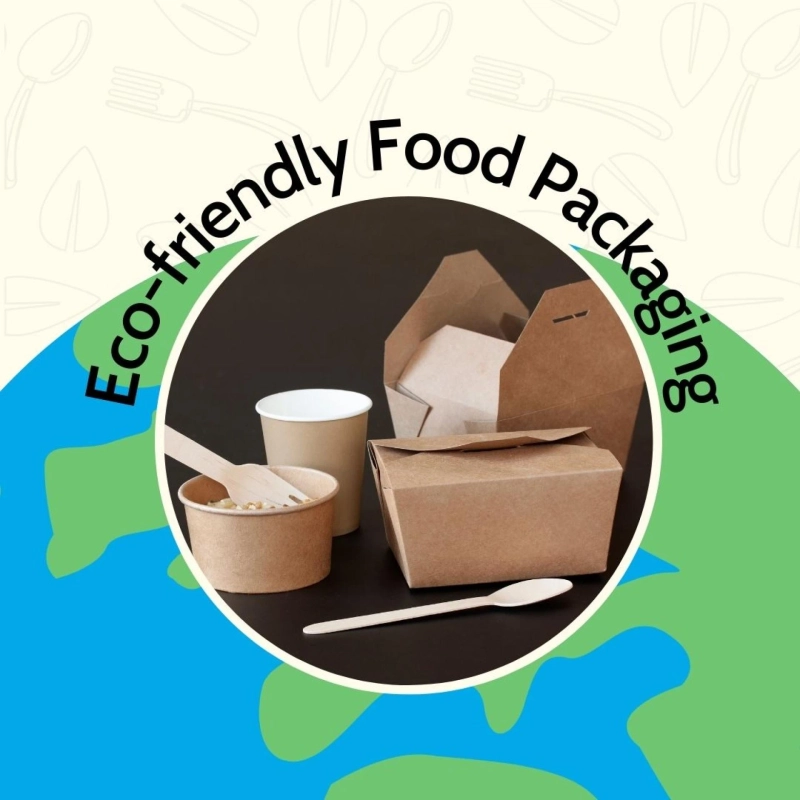Packaging is designed to give ample protection to the product as it moves from the manufacturer to the seller and to the end user. But the big question now is this: is packaging designed to give ample protection to the environment as well? As it turns out, not all the time.
Plastic is one of the most commonly used packaging materials. They are cheap, light, and for some merchants, they are the cheapest available option. The thing is plastic is harmful to the environment. They fill landfills at an alarming rate and they pollute oceans and kill marine lives. Manufacturing it also releases huge amounts of greenhouse gasses. In summary, plastic is not safe, not green, and not sustainable.
There are a lot of reasons businesses must find safer, greener, and more sustainable options when it comes to their product packaging. The good news is there are a lot of great substitutes to plastic packaging. Some good examples are compostable and recycled materials. Add to that various plant-based materials such as cornstarch, cellulose, glassine, and other materials that make for a smart and eco-friendly food packaging.
In terms of packaging sustainability, the Sustainable Packaging Coalition (SPC) defines sustainable as “beneficial, safe and healthy for individuals and communities throughout its life cycle.” In addition, such packaging must be manufactured, shipped, and recycled using renewable energy. From sourcing to manufacturing, these materials must use clean technologies and environment friendly practices. In the same manner, these packaging must be efficiently recovered or reused in closed loops.
When businesses use such packaging in their products, they make a bid for the environment and the society. The consumers can also do their part in protecting the environment by supporting brands that value sustainability. By buying products that are packaged and shipped responsibly, they take part in the global movement towards environment protection and sustainable living.
Research reveals that more and more people nowadays are aware of the need to go for sustainably packaged products. In a survey involving 30,000 consumers from 60 nations, the Nielsen Global Survey on Corporate Social Responsibility found that 55% of online shoppers are willing to spend more for goods and services from eco-conscious businesses. Another notable finding is that more than half of those who are willing to spend more for green products are millennials.
As the millennial generation grows to become the major working population, the group will have a massive influence in the way people spend their money. And because of this, businesses must endeavor to meet the requirements for sustainable packaging.
From a marketing perspective, packaging plays a big role as it’s the first thing that consumers see. Product packaging catches the attention of buyers and provides clues as to what type of company the manufacturer is. Many consumers today can view a package and judge whether the brand is trying to be sustainable and environment-friendly.
Some companies, however, are afraid of shifting to sustainable packaging because they might lose their brand aesthetics or style factor. But when sustainable packaging is thoughtfully designed and implemented, it can actually lead to a more beautiful and functional result. Businesses should never be afraid of switching to sustainable designs and material in their packaging, because it is what the informed customers today are after.
Brand recognition and image will be boosted when the business begins to embrace the values of eco-friendliness and sustainability. While there might be changes in so many aspects, long-term benefits await those that include these ideals in their core values.
Start looking for a supplier of sustainable packaging solutions and take that first step on your green initiatives and sustainability goals.


